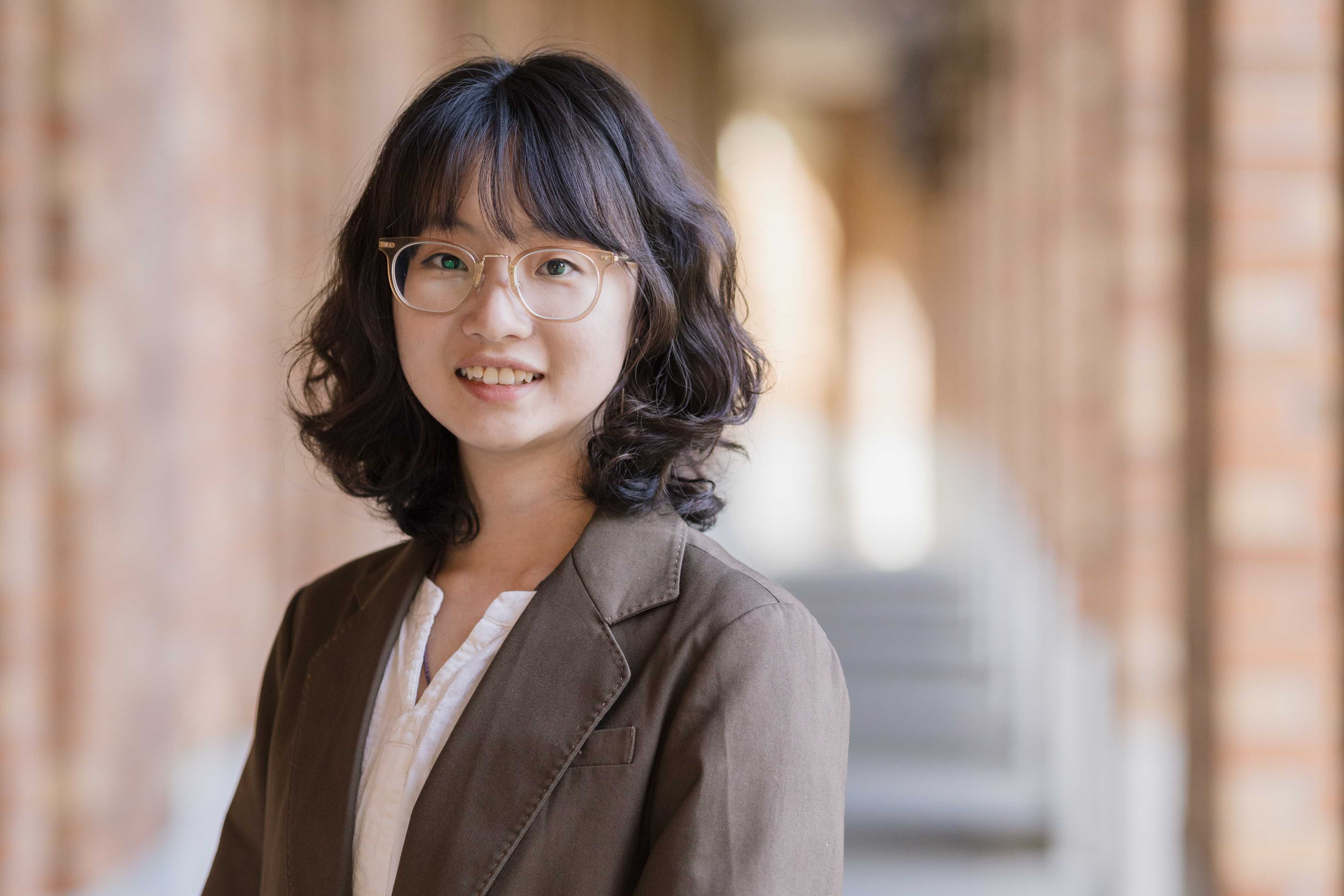AI Dressed for Success
-
-
MIT Technology Review
Filed Under
Recommended

Physical tasks such as hitting a ball or drawing blood are difficult to learn simply by listening to instructions or reading descriptions. That’s one reason Yiyue Luo SM ’20, PhD ’24 is developing clothing that can sense where a person is, know what movement is needed to perform a task, and provide physical cues to guide performance.
“In a conventional learning scenario—say, learning tennis—the coach would hold your hand and let you feel how to grasp the racket. This physical interaction is very important,” says Luo, an assistant professor of electrical and computer engineering at the University of Washington. “What we have been doing is to capture, model, and augment such physical interaction.”
Luo, who was named to the 2024 Forbes list of 30 innovators under 30, has already developed a posture-sensing carpet and a smart glove that can capture and relay touch-based instructions. Her goal is to gather information on how experts perform physical tasks and create wearables that can help people move the same way—by providing a nudge, for example.
Raised in Guangzhou, China, Luo earned her bachelor’s degree in materials science and engineering from the University of Illinois Urbana-Champaign, where she was introduced to the field of bioelectronics by one of its pioneers, Professor John A. Rogers. She then switched to electrical engineering for graduate school, earning her PhD at MIT with a dissertation on smart textiles—those with sensors, actuation capabilities, and the means to capture data. She now foresees developing smart textiles equipped with information about how to move—something like ChatGPT but for physical information. Gathering data about movement is the vital first step.
ChatGPT can answer text-based inquiries because it has been trained on enormous caches of text-based data—all initially captured through such technologies as a keyboard and mouse, Luo explains. But, she says, “for a lot of physical information [for example, the pressure, speed, and orientation of an action], such input-output interfaces are still missing.” Those interfaces are what Luo is working to develop, with an eye toward advancing robotics and improving human-robot interactions. Her hope is that the work will one day improve health care—by guiding patients through physical therapy exercises, perhaps, or by sensing and changing the position of an immobile patient to prevent bedsores.
“I think patients and people in the health-care domain can potentially get huge benefits,” she says.
Are you celebrating a milestone reunion like Yiyue Luo SM '20 is? Learn more about MIT Tech Reunions taking place May 30 to June 1 on MIT's campus.
This story also appears in the May/June issue of MIT Alumni News magazine, published by MIT Technology Review.
Photo courtesy of Ryan Hoover








